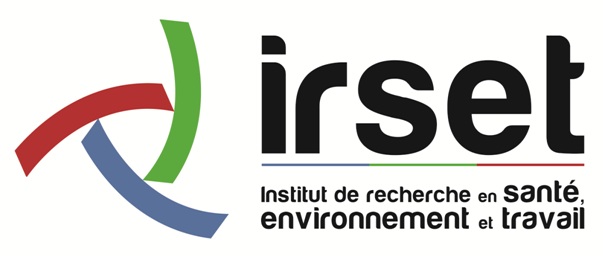Prenatal exposure to pesticides and risk of preeclampsia among pregnant women: Results from the ELFE cohort
Résumé
BACKGROUND: Preeclampsia is a pregnancy-specific syndrome caused by abnormal placentation. Although environmental chemicals, including some pesticides, are suspected of impairing placentation and promoting preeclampsia, its relationship with preeclampsia has been insufficiently explored. OBJECTIVES: We aimed to investigate the relation between non-occupational exposure to pesticides during pregnancy and the risk of preeclampsia. METHODS: The study cohort comprised 195 women with and 17,181 without preeclampsia from the ELFE birth cohort. We used toxicogenomic approaches to select 41 pesticides of interest for their possible influence on preeclampsia. We assessed household pesticide use (self-reported data), environmental exposure to agricultural pesticides (geographic information systems), and dietary exposure (food-frequency questionnaire with data from monitoring pesticide residues in food and water). Dietary exposures to pesticides were grouped into clusters of similar exposures to resolve collinearity issues. For each exposure source, pesticides were mutually adjusted, and odds ratios estimated with logistic regression models. RESULTS: The quantity of prochloraz applied within a kilometer of the women’s homes was higher in women with than without preeclampsia (fourth quartile vs. others; adjusted odds ratio [aOR] = 1.54; 95%CI: 1.02, 2.35), especially when preeclampsia was diagnosed before 34 weeks of gestation (aOR = 2.25; 95%CI: 1.01, 5.06). The reverse was observed with nearby cypermethrin application (aOR = 0.59, 95%CI: 0.36, 0.96). In sensitivity analyses, women with preeclampsia receiving antihypertensive treatment had a significantly higher probability of using herbicides at home during pregnancy than women without preeclampsia (aOR = 2.20; 95%CI: 1.23, 3.93). No statistically significant association was found between dietary exposure to pesticide residues and preeclampsia. DISCUSSION: While the most of the associations examined remained statistically non-significant, our results suggest the possible influence on preeclampsia of residential exposures to prochloraz and some herbicides. These estimations are supported by toxicological and mechanistic data.
Fichier principal
 Enderle et al. - 2021 - Prenatal Exposure to Pesticides and Risk of Preecl.pdf (544.36 Ko)
Télécharger le fichier
Enderle et al. - 2021 - Prenatal Exposure to Pesticides and Risk of Preecl.pdf (544.36 Ko)
Télécharger le fichier
Origine : Fichiers produits par l'(les) auteur(s)
